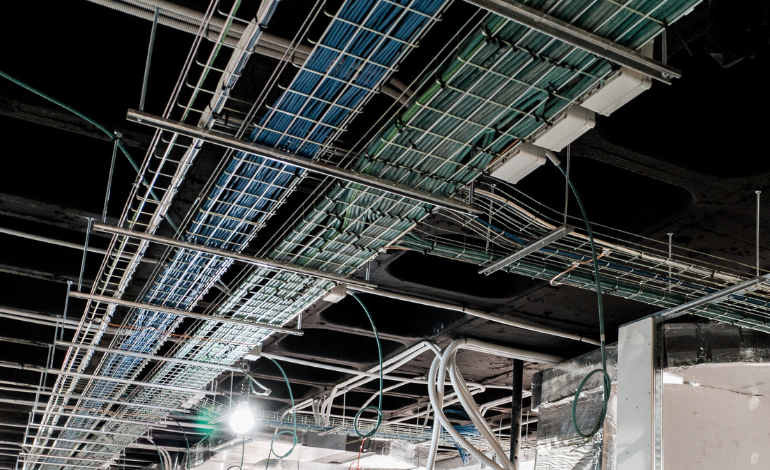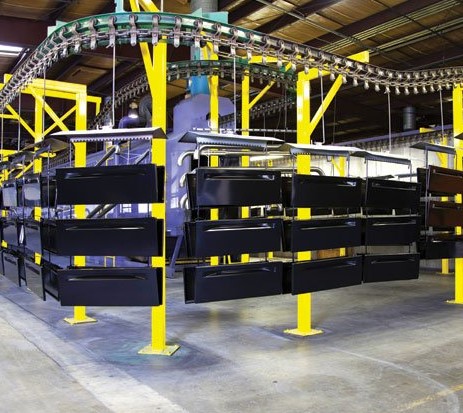Blog
- Home
- Cable Tray
- Common Challenges in Cable Tray Installation and How to Overcome Them

Common Challenges in Cable Tray Installation and How to Overcome Them
Cable tray systems are widely used in various industries to organize and support electrical and data cables. While they offer numerous benefits, such as improved cable management and ease of maintenance, the installation process can present its own set of challenges. In this blog post, we will explore some common challenges encountered during cable tray installation and provide practical solutions to overcome them.
Limited Space for Installation:
One of the primary challenges in cable tray installation is working with limited space. This can occur in congested areas or when retrofitting existing structures. To overcome this challenge:
- Conduct a thorough site survey to assess available space and plan the layout accordingly.
- Utilize compact cable tray systems or consider alternative mounting options, such as wall-mounted or vertical installations.
- Optimize cable routing by grouping cables efficiently and using vertical drops where feasible.
Cable Tray Routing Obstacles:
During installation, cable tray routing may face obstacles like structural beams, HVAC systems, or other equipment. Here’s how to address this challenge:
- Collaborate with other trades involved in the project to identify potential conflicts early on.
- Use adjustable fittings and accessories to navigate around obstacles while maintaining proper clearance and safety standards.
- Consider custom fabrication or prefabricated bends to fit the cable tray system around challenging areas.
Uneven Surfaces or Wall Mounting:
Installing cable trays on uneven surfaces or mounting them on walls can pose difficulties. Here are some solutions:
- Prepare the mounting surface by leveling it or using shims to ensure proper alignment.
- Utilize adjustable supports or brackets to accommodate uneven surfaces and provide stability.
- Reinforce wall-mounted cable trays with adequate brackets and fasteners to handle the weight of cables and prevent sagging.
Cable Tray Support Spacing:
Improper spacing of cable tray supports can lead to sagging or instability. Follow these guidelines:
- Adhere to the manufacturer’s recommendations for support spacing, based on the tray type, load, and cable weight.
- Consider heavier gauge cable trays or additional supports for longer spans or areas with heavy cable loads.
- Regularly inspect and adjust the support system to ensure proper alignment and prevent sagging over time.
Cable Tray Bonding and Grounding:
Maintaining proper bonding and grounding is crucial for electrical safety and code compliance. Overcome this challenge by:
- Follow national and local electrical codes to determine the bonding and grounding requirements for cable tray systems.
- Use appropriate grounding hardware and bonding jumpers to establish continuity throughout the cable tray network.
- Perform regular inspections and maintenance to ensure the integrity of bonding and grounding connections.
Conclusion:
Maintaining proper bonding and grounding is crucial for electrical safety and code compliance. Overcome this challenge by:
Cable tray installation may come with its fair share of challenges, but with proper planning, communication, and adherence to best practices, these obstacles can be successfully overcome. By addressing limited space, routing obstacles, uneven surfaces, support spacing, and bonding and grounding requirements, you can ensure a safe and efficient cable tray installation. Remember to consult industry standards and work closely with experienced professionals to achieve optimal results.

